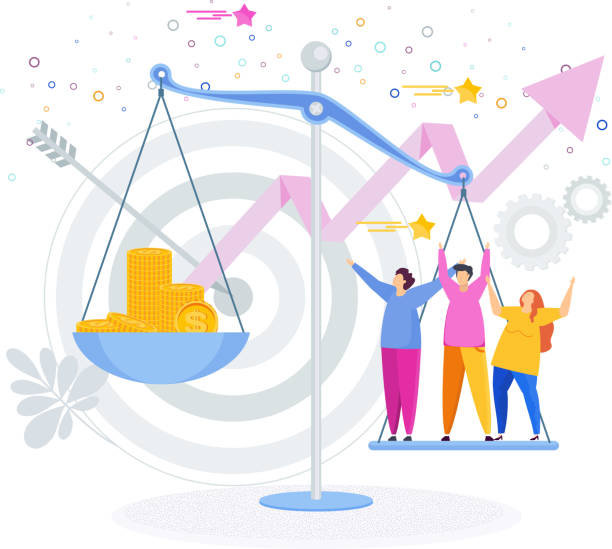Human Capital Management is a set of practices that an organization uses for recruitment, onboarding, and optimizing employees to achieve organizational competency. HCM helps in:
- Hiring right candidate
- Having skilled candidates in the company’s workforce
- Effective management of employees
- Increasing company’s productivity


Key Processes of Human Capital Management (HCM)
Human Capital Management (HCM) widely manages three main processes in an employee’s stay cycle in a company. These are Talent Acquisition, Talent Management, and Talent Optimization.
Talent Acquisition
Talent Acquisition is one of the core components of HCM. It can be defined as how an HR finds the right candidate for a particular post. It includes applicant tracking, recruiting, interviews, reference check, hiring, and onboarding. It is a long-term process that aims to construct a strong workforce. Unlike recruitment, talent acquisition requires finding the most suitable candidate to fit in a particular job role. To produce the maximum value from a talent, elements like accurate forecasting, coordination, etc., act as a boon.
Talent Optimization
Talent Optimization is the need for an organization to constantly create methods or approaches for individual or collective growth for achieving business goals and objectives. Training employees on the immediate or future required skills is one such approach. Succession planning, career pathing, and constant learning and development ensure that the organization’s growth and success is not compromised.
Talent Management
Talent Management enables the goal of increasing employee productivity and efficiency. It ensures that the right candidate with a particular skill set is assigned for a specific job role. The management guides and supervises the employee in their job role. Some of the essential features in HCM include,
Fears, Careers, Robot Peers: PyjamaHR Support Pros Talk AI
Join us for an authentic conversation with members of Help Scout’s own customer service team as they discuss the ways AI is changing their jobs, how they really feel about it, and how they’re taking charge of their own career direction.
- Time and Attendance
This tool helps in keeping track of the employee’s work time and the leaves taken by them. It is a self-service tool that maintains transparency and improves engagement.
- Payroll
The HCM tool simplifies the task of payroll management. By keeping track of the employee attendance, overtime, etc., it efficiently manages the employee payroll through the automated process.
- Performance Management
HCM systems help in better communication, facilitate in planning goals and objectives for individuals and the team.
- Culture Connect
The HCM system also makes it easy for the employees to highlight their grievances to get addressed.
Need for a Human Capital Management (HCM) Software
Human Capital Management (HCM) Software facilitates the effective management of the workforce by managing the processes and the functions associated with it. It is also known as Human Resource Information System (HRIS) or Human Resource Management System (HRMS). This software saves time and money by streamlining the processes such as recruiting, record keeping, onboarding, applicant tracking, etc. While choosing an HCM Software, one must keep in mind the organization’s needs.
Differences between Human Capital Management (HCM) and Human Resource Management (HRM)
Human Capital Management (HCM) or Human Resource Management (HRM) share a common goal of achieving a more robust and better-managed company. However, they have two different meanings. HRM emphasizes the core administrative functions of HR. These include maintaining the records of employees and administering benefits and day-to-day operations. On the other hand, HRM encompasses the processes of HRM and different strategic positions, including analytics and performance management. HRM manages and maintains the system responsible for recruiting, hiring, training, and retaining the workforce. HCM is responsible for maximizing the value of people in an organization.

